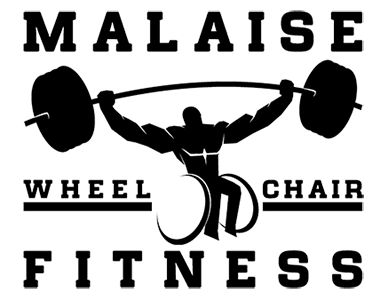High frequency bodyweight training is among the most tried and true methods of strength training. Due to its simplicity bodyweight training does not require a ton of equipment; therefore it does not sell a ton of gym memberships or fancy personal training signups. In fact, if a personal trainer would actually apply these methods a lot of clients would probably walk out as it seems too simple to actually work. And that is the beauty of it; it is so F-ing simple to follow and the results are staggering.
How?
You identify 2-3 exercises, circuit through them for X number of rotations and that is your day's work out. Then you rinse and repeat X days per week. The overarching goal is to get to a certain number of reps for that workout, which add up to a goal number of reps for the week, which add up to a goal number of reps for the month. As an example maybe you want to get to 500 pullups for the month by starting with 15 pullups day 1, add 1 each day over the course of 20 workouts in month (5 workouts per week, for 4 weeks), by the end of the month you will be doing 35 pullups in the final workout.
High Frequency?
Definitions vary, but high frequency means hitting an area 3+ times a week. In the case of bodyweight type exercises it is more like 5 times a week as the tax your body has to pay from a single workout is not that tremendous compared to a max effort day of deadlifts, bench presses or squats. You simply add a rep or two per exercise each day and the cumulative volume over the week forces your body to adapt. And that is the magic formula, doing numerous sets for an amount of reps that is a challenge, but a single set is not grueling effort. By the last set the difficulty will definitely increase but should still not be impossible.
Now go in the next day and do the SAME exact exercises, but add 1 rep to the total for each exercise for that day. Do this 5 times a week for a one month.
Doubts? See Gymnasts
If you have doubts regarding this style of training being effective, take a look at gymnasts. Especially gymnasts on the parallel bars and rings. Gymnasts are among the athletes with the most desirable bodies from muscular and symmetry standpoint. Gymnasts are properly proportioned with functional muscle, and of course, biceps that POP.
Gymnasts perform some accessory lifting but the meat and potatoes of a gymnast's workout program consists of actually performing the bodyweight exercises. Muscle ups and handstands are a couple of the most difficult exercises to perform; these are exercises that I would doubt most bodybuilders or powerlifters could even execute. Gymnasts do these exercises by the 1000s per week.
Getting stronger and looking better are almost always the primary goals of training. And if girls want to lose fat the BEST way is by getting stronger. If you pattern your goals around a type of athlete who would you rather look like?
An impossibly strong Powerlifter who has amazing max lifts but is very bulky and possibly has a lot of noticeable body fat? A marathoner who can run very long distances and has a great cardiovascular capacity, but no muscle tone whatsoever?
Not many people would seek either of these types of bodies for themselves yet too many people train in either of these manners. Too many people either lift WAY too heavy, all the time. Or too many people in an effort to lose weight do countless hours of cardio which rips away as much muscle, or more, than fat.
Closed Chain Rules
The last piece of this is the bodyweight exercises which should really be its own post. For the upper body there are few exercises that are more effective than Pull Ups, Dips and Pushups. And if you can do Handstand pushups against a wall, you are set! These are all closed chain exercises which are MUCH more effective as the body was designed to do these.
A closed chain exercise can be explained as follows:
In a Pulling scenario when doing a pullup we are pulling our body to something.
In a Pushing scenario when doing a pushup we are pushing our body away from something.
This is why a Pullup is a MUCH more effective exercise than a lat pull down. This is why a pushup is more effective than a bench press. One negative with pullups and pushups is there is a challenge to adding a lot of weight. We can add some but adding enough weight for a 1 rep max on a push up would be difficult which is why bench presses, rows, etc. are needed as well.
Conclusion
High frequency bodyweight training can be highly effective due to the cumulative effect it has on the body. By doing A LOT of pullups, pushups or dips your body is forced to adapt. And pullups dips and pushups work because close chain exercises are AWESOME.
